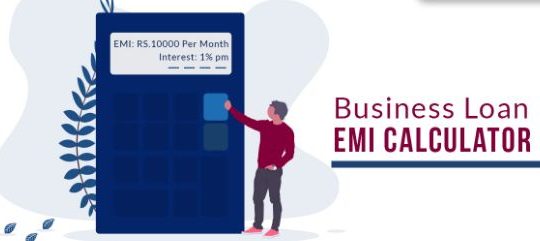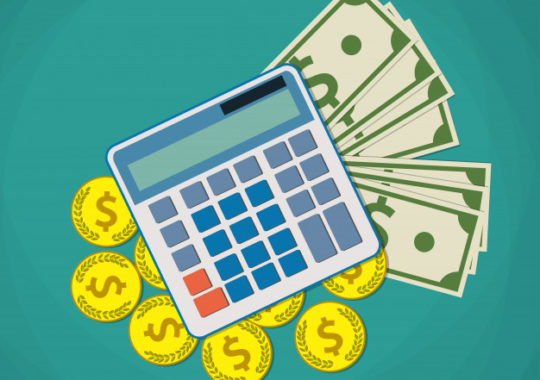Budgeting is a valuable skill. After all, with proper budgeting, you can set yourself up for success with both immediate and long-term financial goals. But what is the “best” way to budget? The truth is, there is no one size fits all approach—it’s about finding the right budgeting method for your lifestyle. Before you begin your budgeting journey, there are several things to consider.
Here are some useful tips to help you decide on the best method for you.
Consider your goals
Before you explore different budgeting methods, it can be helpful to take stock of your financial goals. Are you looking to purchase property soon? To budget for renovations or improvements? To set aside money for education, a vacation, or a rainy day fund? Writing out your goals can help you to concretely set financial expectations and create a framework for your budgeting.
Look at your expenses and income
When budgeting, it is important to consider your expenses as well as your income. This will allow you to understand what money comes in and goes out each month. Considering fixed costs like rent or life insurance (such as whole life insurance premiums), and variable expenses like credit cards, utilities, and groceries, can provide an accurate financial picture of your most predictable costs. Once you have a clear idea of what you’re making and spending, you can tailor your budget to your circumstances and needs.
Decide between digital and manual
Both digital and manual trackers can help you effectively stay on top of budgeting goals. If you opt for digital tracking, online spreadsheets are one way to log expenses, savings, and other budget goals. If you prefer an analog tracking method, you can keep a journal, notebook, or other ledger with dedicated columns to track expenses and budgeting goals. You may decide to dedicate a separate folder or file to organize receipts and other important documents.
Try out different tools
Being flexible and trying out different budgeting tools can help you to find the right fit. There are budgeting apps for your phone, computer, or tablet that can help you set goals. These apps will also let you know whether you’re meeting (or exceeding) your budget goals. Other tools include software to help track budgeting and free resources you can find with a simple internet search. Don’t be afraid to sample a few and see what works best for you.
Choose a method that matches your goals and priorities
When choosing your budgeting method, think about your goals and priorities and plan accordingly. One popular budget is the “pay yourself first” method where you budget a set amount per paycheck or pay period to go directly into your savings. This can be a good method if you’re trying to build up savings. The 50/30/20 method allocates a percentage of each paycheck to different types of expenses: 50% to essentials, 30% to discretionary purchases, and 20% to debt or savings payments. It’s often useful for first-time budgeters. There are other methods as well, and with a little research you are sure to find the right fit for your goals.

Krishna Murthy is the senior publisher at Trickyfinance. Krishna Murthy was one of the brilliant students during his college days. He completed his education in MBA (Master of Business Administration), and he is currently managing the all workload for sharing the best banking information over the internet. The main purpose of starting Tricky Finance is to provide all the precious information related to businesses and the banks to his readers.



